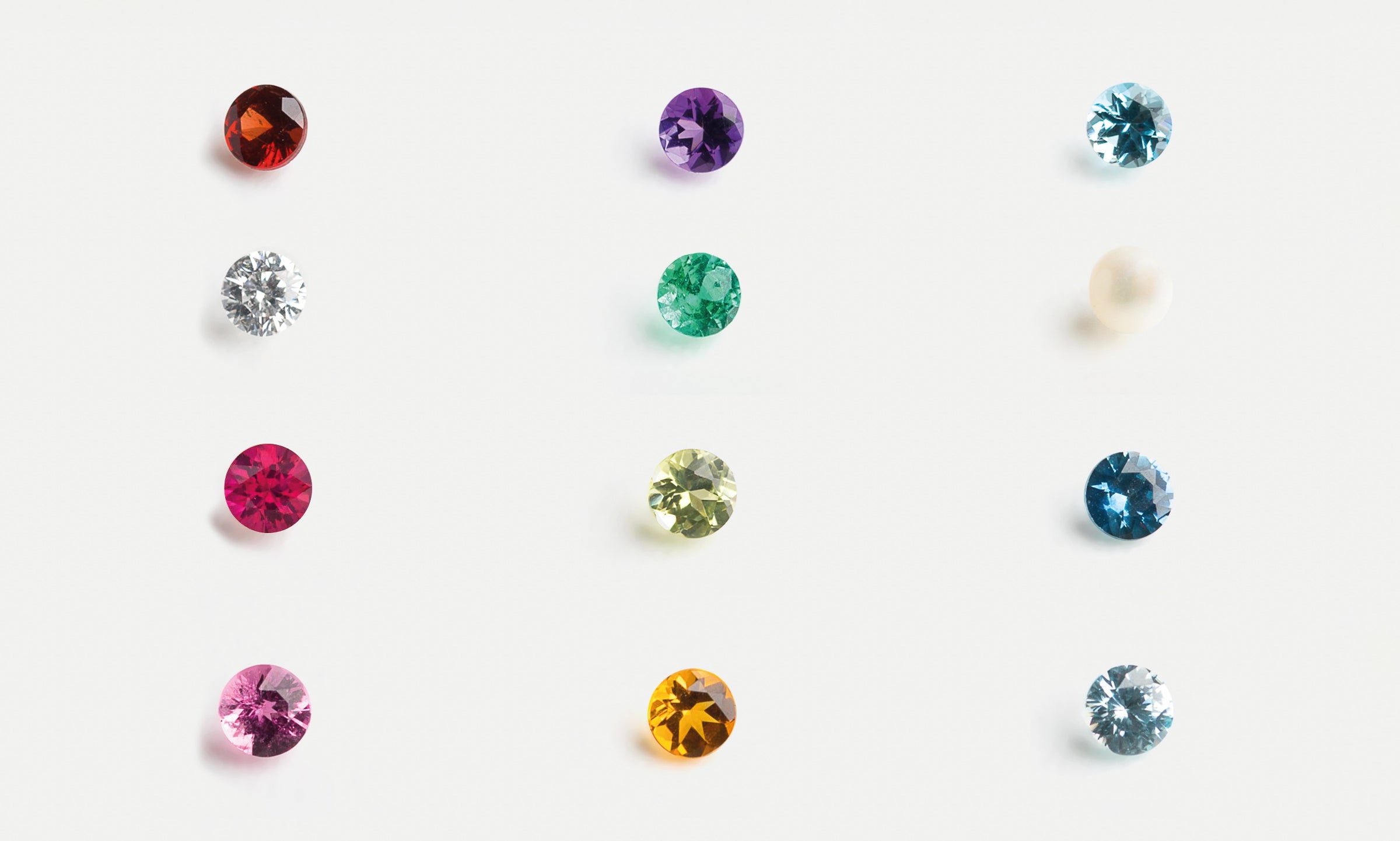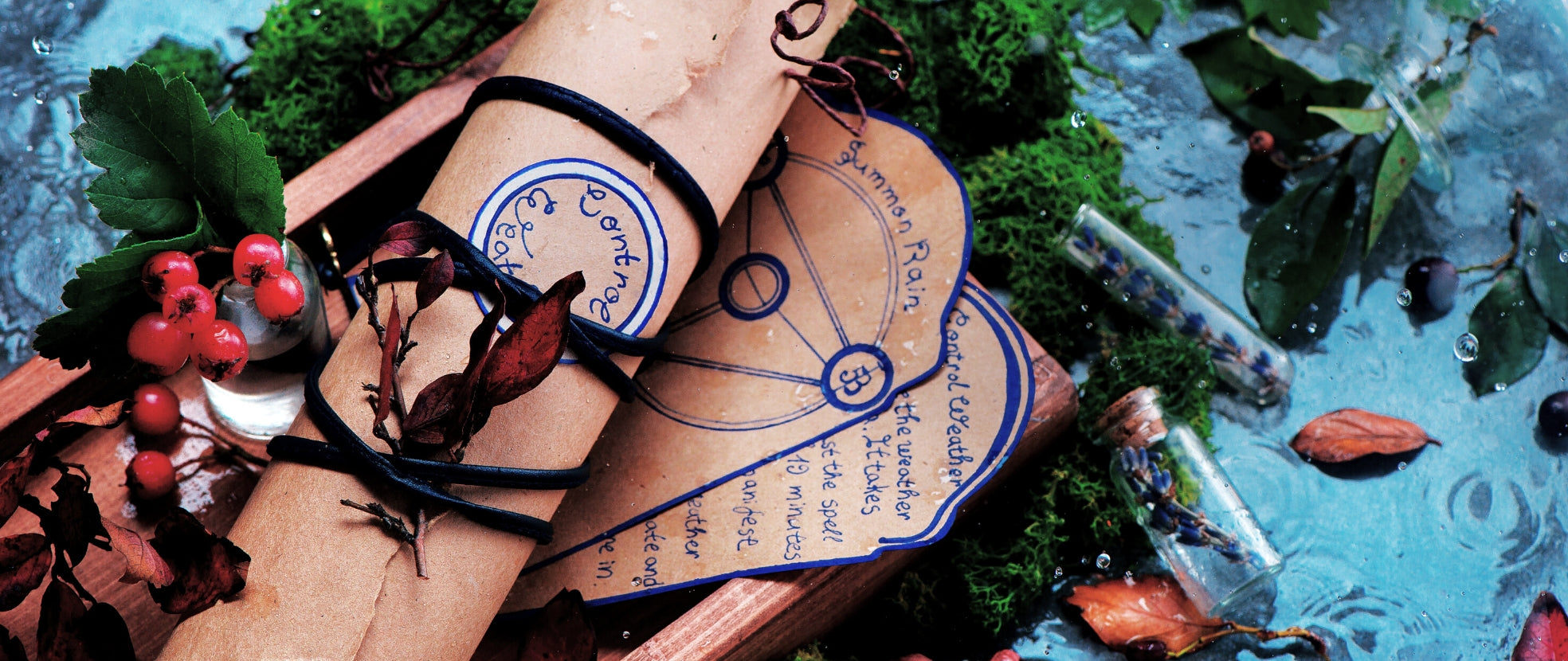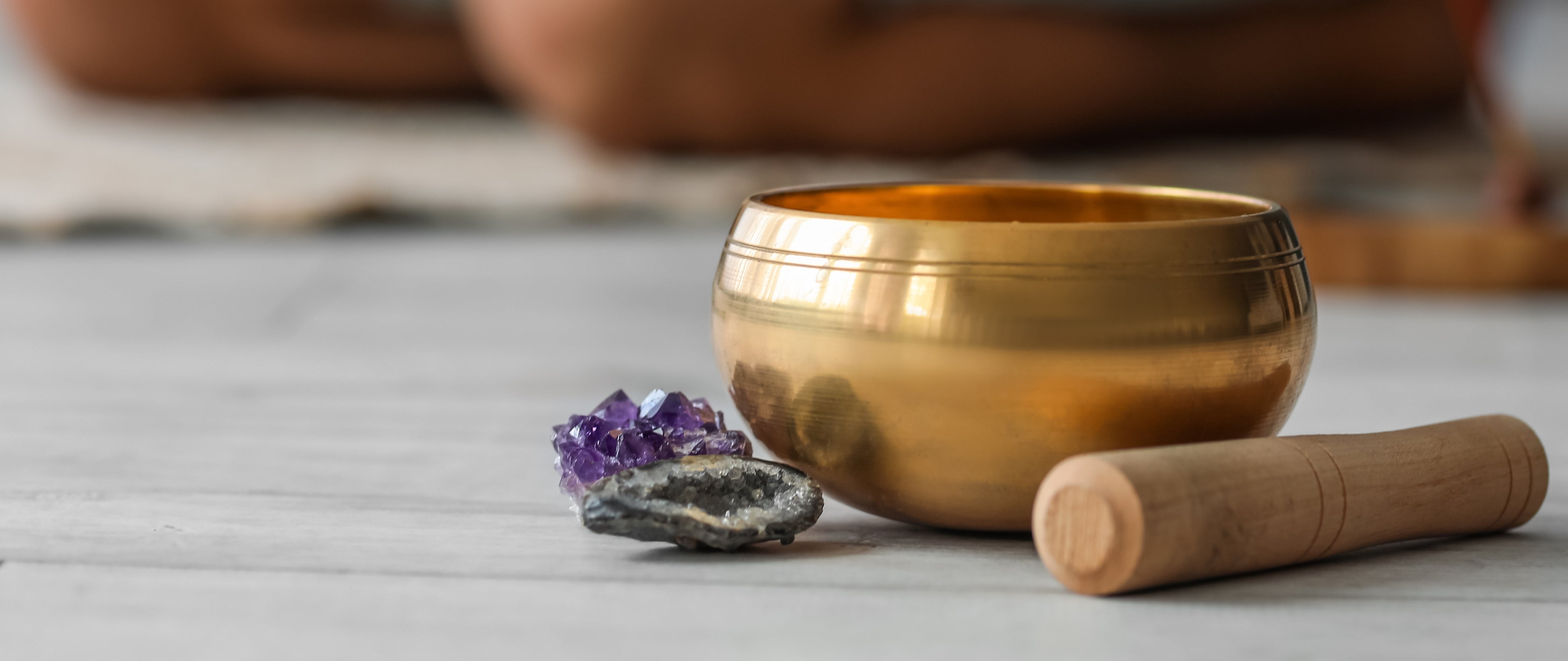Sulfur is an element of change, so sulfur crystals are considered to be power crystals for transformation. Their yellow color is the result of the presence of sulfur at the formation of these crystals. The color of pure sulfur is bright yellow, which may be altered due to different impurities present “ volcanic mixtures, selenium, and clay impurities can cause it to be slightly gray, brown, green, or red. The classic and most famous sulfur specimens come from the island of Sicily, where sulfur crystals are brightly colored (gemmy yellow) and well-crystallized. Besides Italy, sulfur is also mined in Spain, Poland, Russia, Mexico, and Bolivia.
The Physical Properties of Sulfur
Sulfur is very brittle, light in weight, and soft. When handling and storing sulfur specimens, it must be done with care. Sulfur typically occurs in petroleum deposits where it's found coated with black petroleum. It is a native element that, if now allowed to dry when wet or kept moist, will mix with hydrogen to form hydrogen sulfide. That causes the specimen to deteriorate. To prevent this, sulfur shouldn't be stored in humid conditions. Also, when exposed to mild heat (including light and body heat), it tends to crack.
Massive, earthy specimens have small, bubbly holes throughout, and they come from volcanic sulfur springs. These sulfur specimens exhibit a strong odor that reminds one of rotten eggs, and they have a greasy feel. Sulfur is given a hardness rating of 2 on the Mohs scale.
The History of Sulfur
Sulfur has been known since ancient times. It was used in Indian alchemical practices as well as in Chinese medicine since the 6th century BC. Later, people used it as a component for making gunpowder. In Egypt and Greece, sulfur was mixed into antiparasitics and skin balms and was burned as a fumigant. In the Bible, sulfur is mentioned as burnstone, and it is associated with Hell (probably a reference to sulfur's volcanic origins).
The Lore of Sulfur
Sulfur has traditionally been used for body detoxification, relieving inflammation, swelling, and skin conditions, and drawing out infections. Native sulfur is non-toxic, but when it is put in water or heated, it produces byproducts (sulfuric acid and sulfur dioxide) that can be harmful. It is an energizing crystal that was believed to remove negative emotions, thoughts, and barriers to progress. Sulfur allows us to find our higher purpose and access our inner self while encouraging a flexible attitude. It can inspire imagination, enhance creativity, and help those who are prone to angry outbursts by getting them to release their energy in a better way.
The Metaphysical Properties of Sulfur
In nature, sulfur is present in various forms depending on its environment. That's why sulfur crystal is useful when working with the chakra of transformation “ the solar plexus chakra which is associated with the element of fire. The meaning of this crystal is transforming and improving the way we interact and understand ourselves. Sulfur crystals (or sulfur quartz) can help bring about extreme transformation by developing intuition, enhancing inner power, and fostering self-esteem. This requires a significant transformation or even a few smaller ones where you can create your own behaviors, thoughts, and beliefs to establish your own authority (even if the society, family, and friends have a different perspective and ideas).
The moment you're able to recognize your beliefs and thoughts about the world, you will be able to gain stronger inner power.





